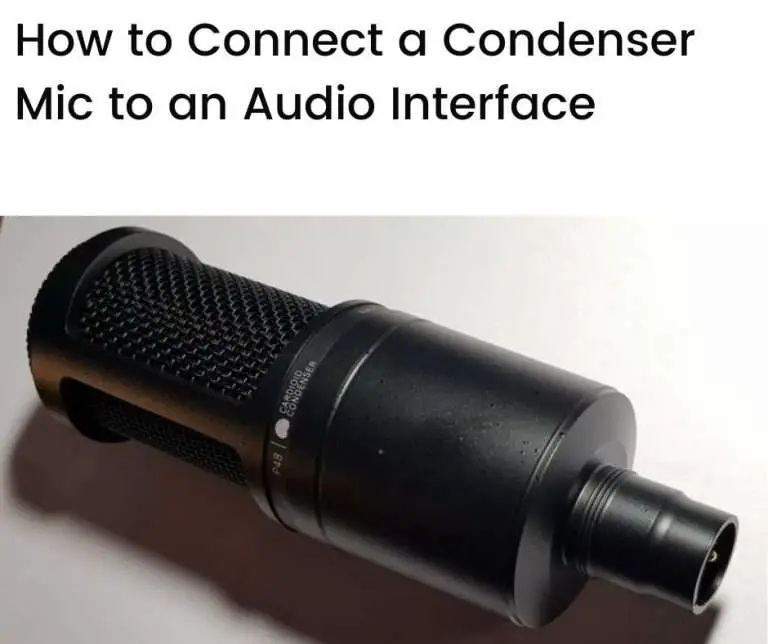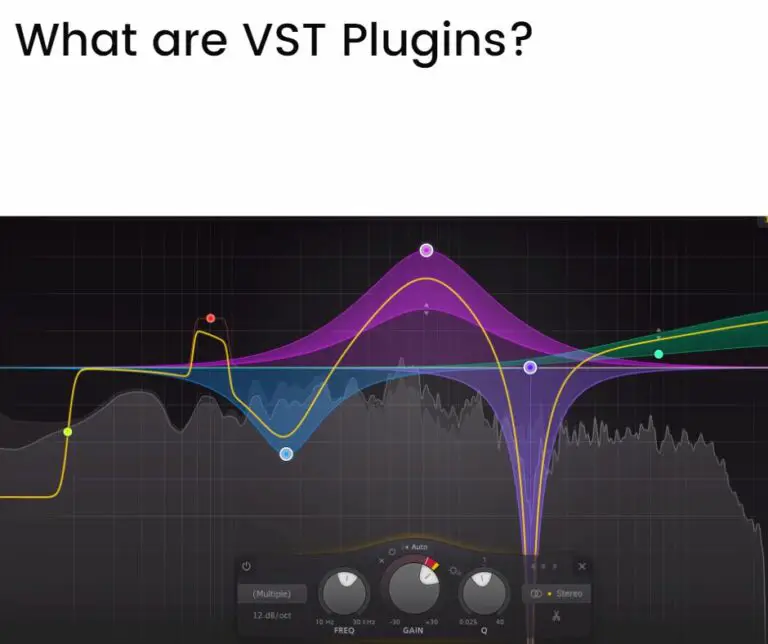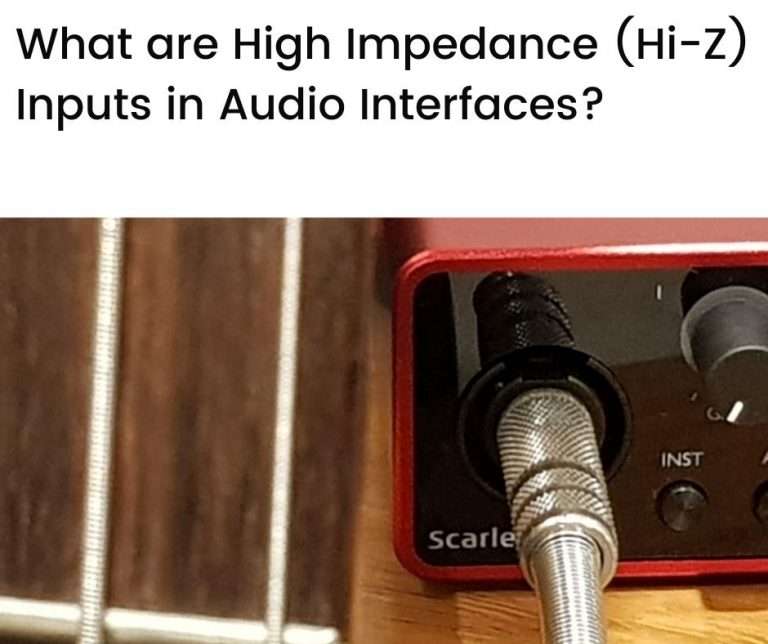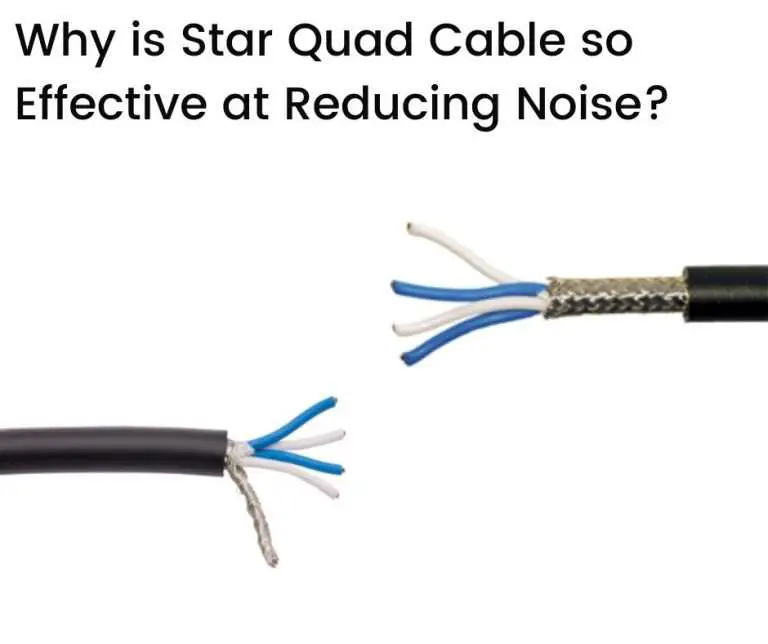Headphone impedances vary from around 8 Ω to 600 Ω, with those at the higher end of this range referred to as high impedance headphones. These require more power to operate, so when connecting to an audio interface, mains-powered interfaces are preferred over USB-powered interfaces. Higher impedance brings some benefits to headphones, the most important of which is an improved sound quality due to tighter windings in the headphone voice coils. High impedance headphones are favored in studio and audiophile environments for this reason.
In this article we’ll look at:
- What are high impedance headphones?
- Why use high impedance headphones?
- Connecting high impedance headphones to audio interfaces
- Conclusion
What are high impedance headphones?
You can think of impedance as a form of resistance to alternating current (AC). It is measured in units of ohms (Ω).
All electronic devices, including headphones, have some degree of impedance.
In audio applications, the signals that are sent to headphones from devices like audio interfaces carry sound wave information. These signals fluctuate based on the frequencies of the carried sound waves, so they are a form of AC signal.
If you connect a pair of headphones to an audio interface, therefore, the impedance of the headphones offers resistance to the signal coming from the audio interface.
Headphone impedances are typically in the range of 8 Ω to 600 Ω.
Most consumer headphones fall into the lower end of this range (e.g., 8-50 Ω), but headphones that are at the higher end of the range—100 Ω and above—are considered to be high impedance headphones.
Why use high impedance headphones?
When connecting two electronic devices together, all else equal, the higher the impedance, the lower the AC current that will flow from one device to the other.
On the other hand, a larger amount of voltage can be transferred across a high impedance connected device.
When headphones connect to an audio interface, therefore, the higher the impedance of the headphones, the larger the voltage signal that flows across it.
This combination of high voltage transfer and low current flow has several benefits, and it’s the reason why high impedance headphones are preferred in certain situations.
More generally, the benefits of high impedance headphones include:
Improved sound quality
High impedance headphones offer a better sound quality than lower impedance headphones according to many audio enthusiasts. This is perhaps the main reason that people prefer high impedance headphones, and it’s the reason why high impedance headphones are used in many audiophile and studio environments.
According to Steve Guttenberg, audio specialist and CNET author, in comparing low and high impedance headphones:
The high-impedance versions sound more transparent and clearer, bass definition is better, and the soundstage is more spacious.
Steve Guttenberg
But, why do impedance headphones produce better sound?
According to Guttenberg, it’s due to the thinner wires used in high impedance headphone voice coils, and the tighter winding (using more turns of wire) that this allows.
A tighter and denser winding results in less air between the coils, which induces a stronger magnetic field. This provides more force to move the headphones’ diaphragms, leading to more responsive diaphragms that produce less distortion compared to lower impedance headphones.
All of this results in better sounding headphones.
Additional benefits
There are also other benefits of using high impedance headphones that are related to their current and voltage characteristics. These include:
Less prone to overloading
Since high impedance headphones draw less current, they are less susceptible to overloading.
If you were to connect low impedance headphones to a high-current amplifier, for instance, you run the risk of damaging the headphones due to the high level of current that would flow to the headphones.
High impedance headphones reduce this risk due to the lower levels of current that they draw.
Connecting multiple headphones in parallel
In some studios, multiple headphones are connected to an audio device in parallel. When this is done, the overall impedance of the connected group of headphones reduces, resulting in less voltage transfer across the headphones.
Using higher impedance headphones allows for better voltage transfer, all else equal, after taking into account of the impedance reduction that occurs due to parallel connections.
This type of impedance reduction is illustrated in the table below.
To keep things simple, only the resistive components of impedance are included in the figures shown below. Including the capacitive and inductive components of impedance is more complicated, as these can vary with the frequency and phase of AC signals.
The figures below assume that four identical headphones are connected in parallel.
| Impedance of Each Headphone (Resistive Component Only) | Impedance of Four Identical Headphones Connected in Parallel (Resistive Components Only) |
|---|---|
| 10 Ω | 2.5 Ω |
| 50 Ω | 12.5 Ω |
| 100 Ω | 25 Ω |
| 250 Ω | 62.5 Ω |
| 600 Ω | 150 Ω |
As shown in the above table, there can be a significant reduction in overall impedance when connecting multiple headphones in parallel. Using higher impedance headphones in these situations helps to preserve overall impedance so that a sufficient amount of voltage transfer occurs across the headphones.
Connecting high impedance headphones to audio interfaces
While we’ve looked at some benefits of using high impedance headphones, one drawback of using them is that they require more power from a connected device compared to lower impedance headphones.
This means that they may not be suitable, for instance, to connect with USB-powered audio interfaces.
As an example, consider the Focusrite range of audio interfaces. Focusrite is a leading manufacturer of audio interfaces, producing some of the world’s most popular interfaces.
Focusrite has guidelines on how to choose headphones that pair with its range of interfaces based on impedance. This is summarized below:
| Focusrite Audio Interface Models | Type of Power Supply | Recommended Headphone Impedance |
|---|---|---|
| —1st, 2nd, and 3rd generation Solo, 2i2, 2i4, and 4i4 Scarlett —iTrack Solo —Saffire 6 | USB/bus-powered | Up to 200 Ω |
| 1st, 2nd, and 3rd generation 6i6, 8i6, 18i6, 18i8, and 18i20 Scarlett | Mains-powered | Up to 250 Ω |
| —Clarett —Red | Mains-powered | Up to 600 Ω |
From Focusrite’s guidelines, you’ll notice that the mains-powered audio interfaces can support higher impedance headphones than USB-powered interfaces.
This is because USB-powered audio interfaces provide less power than mains-powered interfaces, due to the limited voltage that’s available through a computer’s USB connection.
So, to get the most out of using high impedance headphones when connecting to an audio interface, it’s worth checking the manufacturer’s specifications to ensure that sufficient power will be available.
If there isn’t enough power to drive high impedance headphones, they may not work properly or will not produce a high quality of sound. This may defeat the very purpose—a better listening experience—for choosing high impedance headphones in the first place.
Conclusion
Impedance describes the resistance that all electronic components offer to the flow of alternating current (AC).
Headphone impedances vary in the range of around 8 Ω to 600 Ω, with those at the higher end of the range (100 Ω and upwards) considered to be high impedance headphones.
High impedance has some benefits for headphones:
- An improved sound quality due to tighter voice coil windings—the main reason why high impedance headphones are preferred by audiophiles and in studio environments
- Less current draw, reducing the risk of overloading
- Better suited for parallel connections, due to better preservation of overall impedance when connected this way
One drawback of high impedance headphones is the higher power required to drive them. When connecting to audio interfaces, mains-powered interfaces are preferred over USB-powered interfaces for high impedance headphones.
It’s worth checking the specifications of an audio interface when connecting to high impedance headphones to ensure that they will operate to their full potential.







